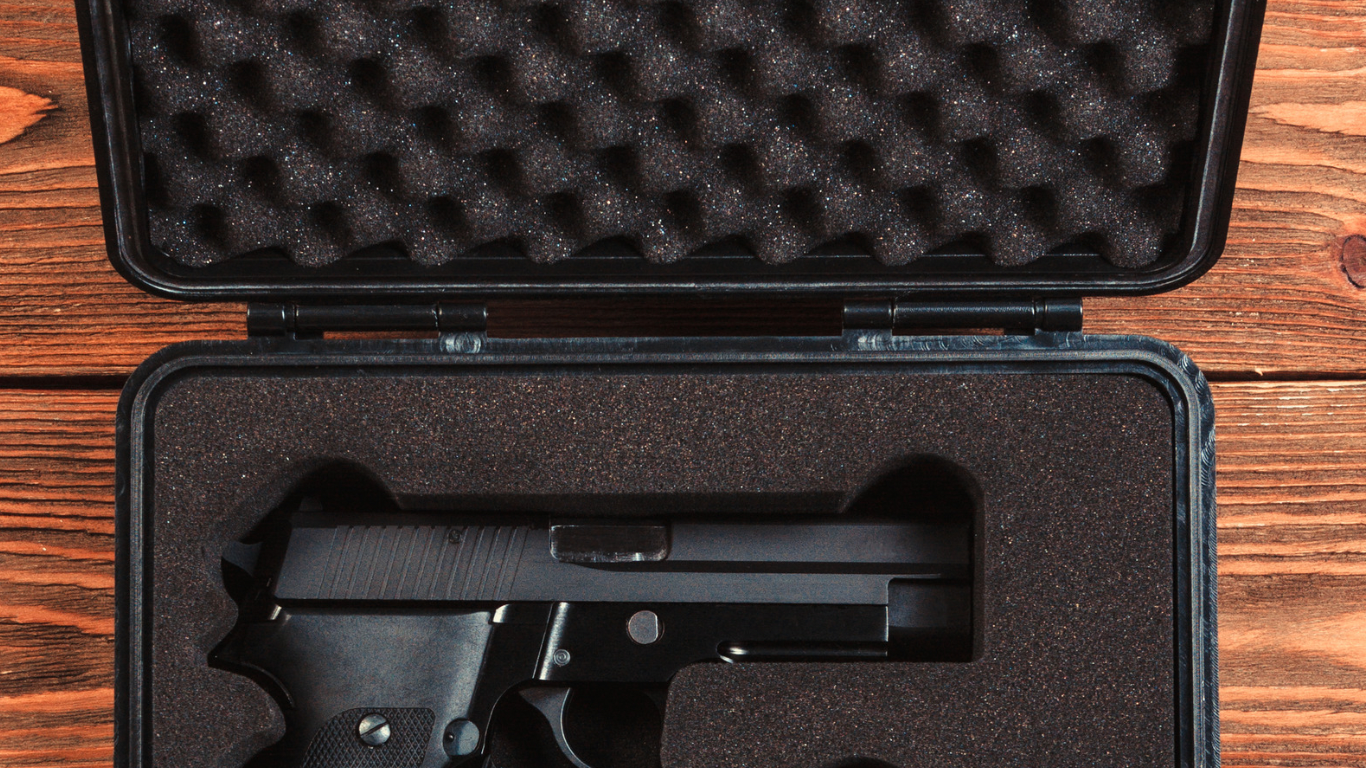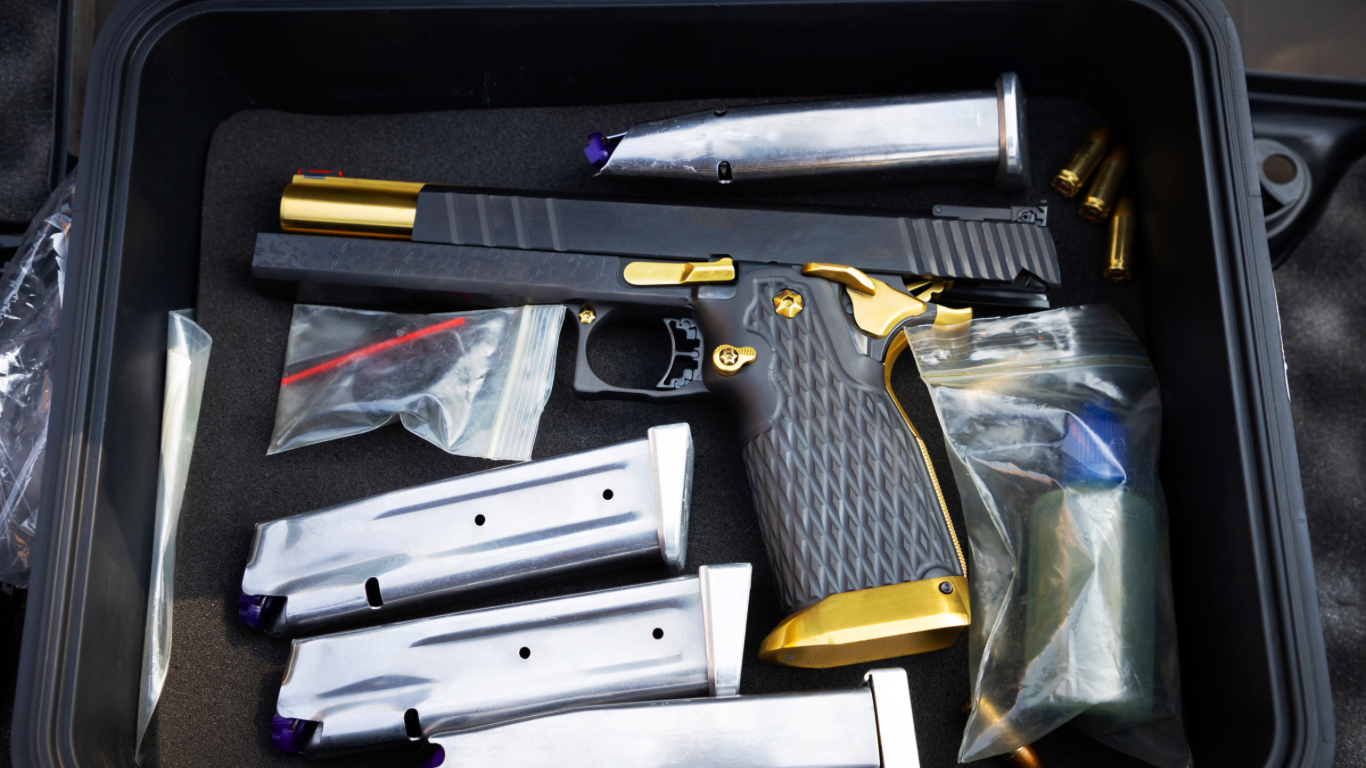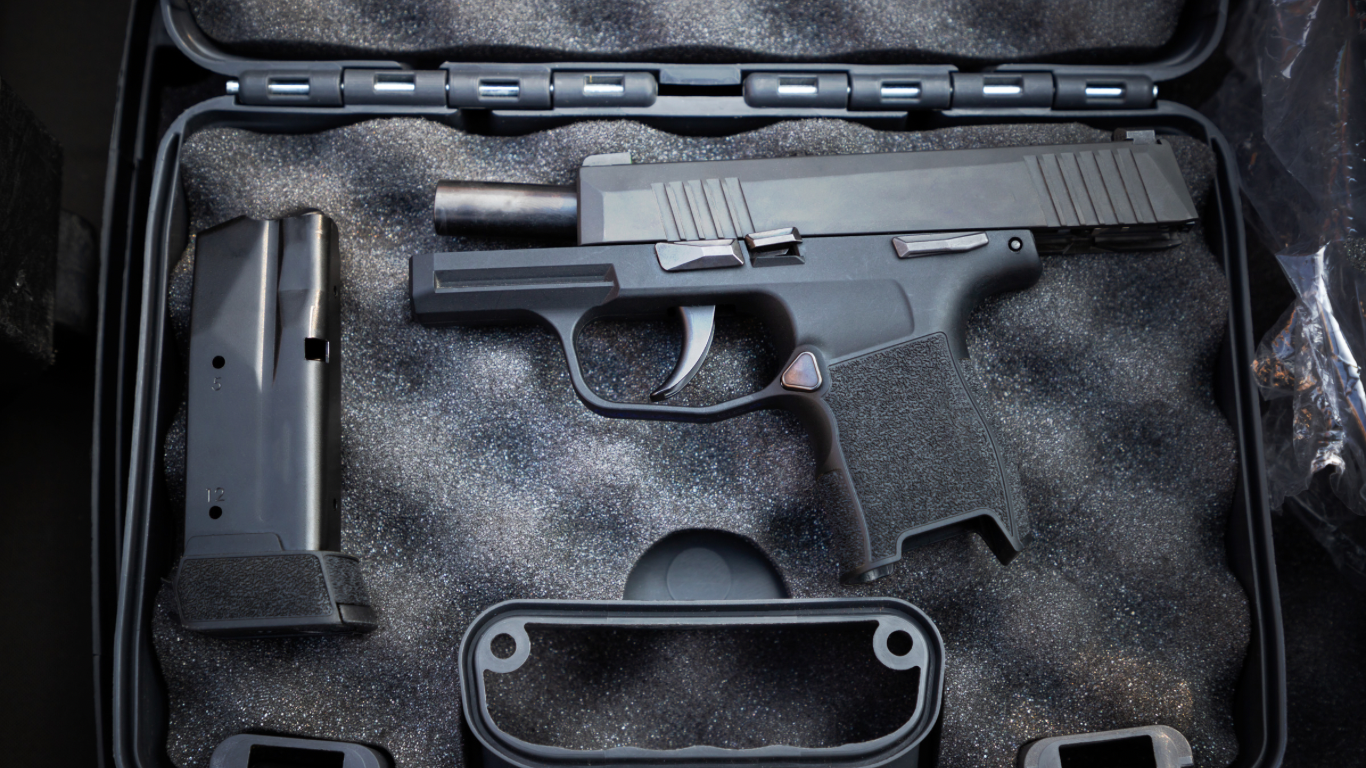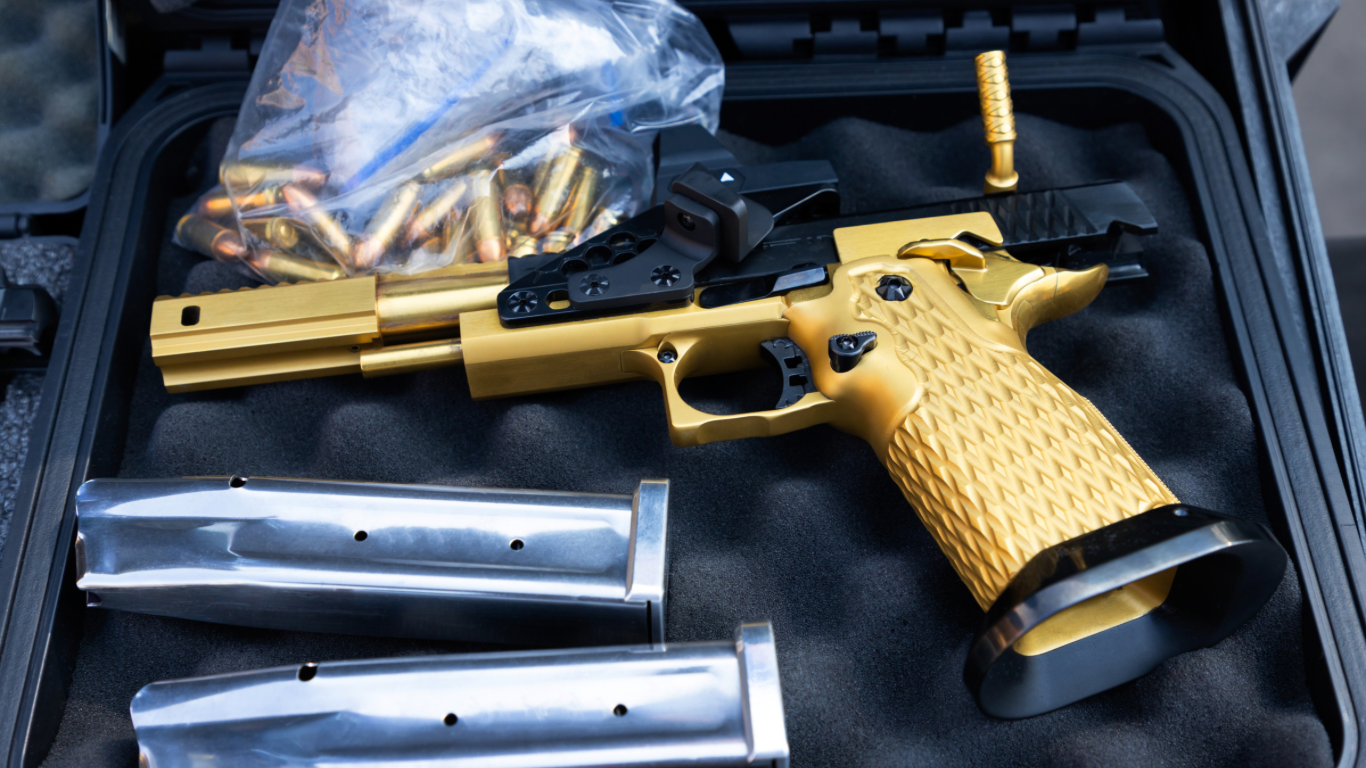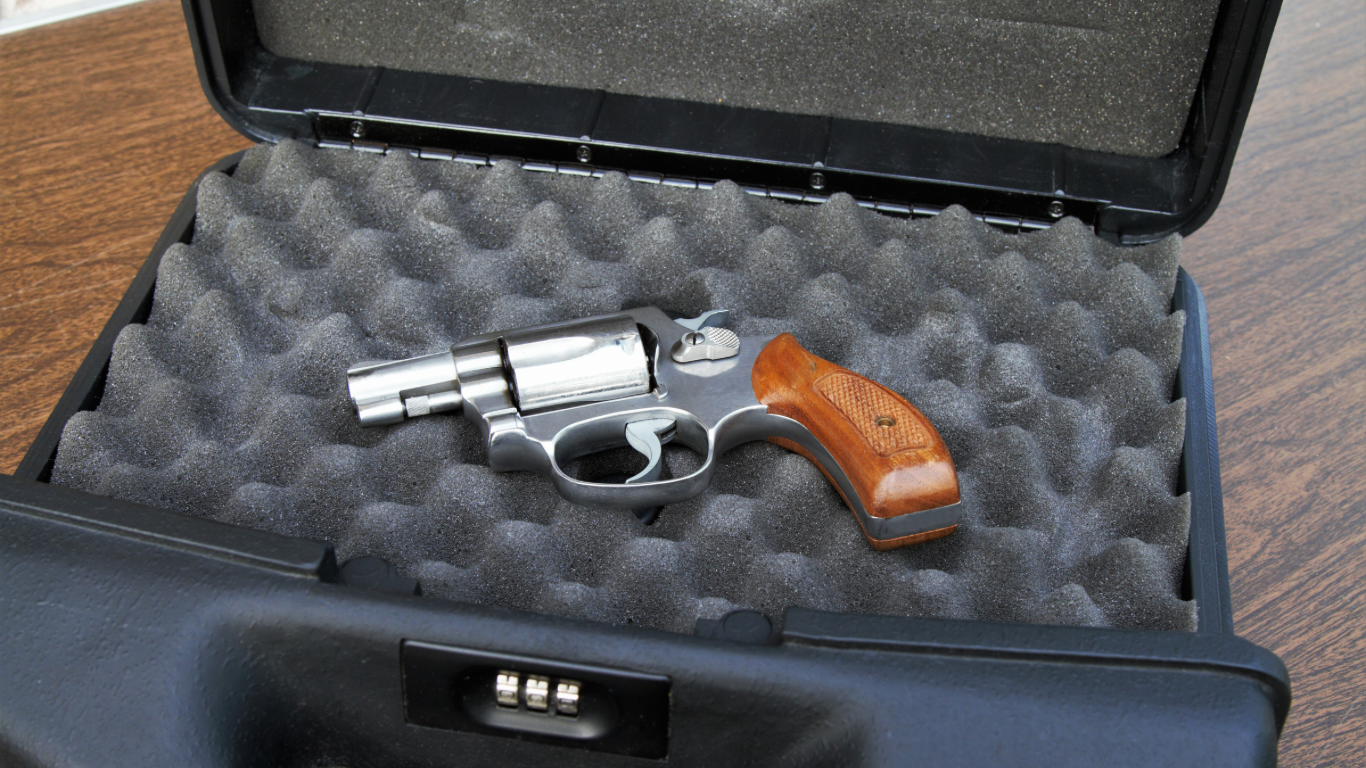The Second Amendment of the American Constitution gives every citizen the right to bear arms. Guns are an essential part of many people’s lives. Whether you’re a sportsman, gun collector, law enforcement agent, or simply exercising your right, at some point, you may need to transport your firearms. Transporting guns and ammunition can be tricky, even for experienced gun owners. It’s essential to ensure that they are safely transported and legally carried. In this post, we’ll provide a user manual for transporting guns and ammo to ensure you’re compliant with local, state, and federal laws.
Know the Local Laws
Before you transport your firearms, it’s crucial to understand the laws in your area. Some cities and states have regulations governing firearms transport, and failure to comply with the laws may result in hefty fines or even criminal charges. Check the state and local firearms laws to ensure that you’re adhering to the rules. If you’re crossing state lines, ensure that the state you’re entering permits the transportation of firearms. Many states prohibit the open carry of firearms, so it’s essential to be aware of the applicable laws to avoid arrest.
Use a Locked Case
Transportation of firearms usually involves the use of a locked case. The case should be strong and sturdy, preferably made of metal, plastic, or other materials that can withstand impact. Remember, the case should be secured with a sturdy lock to ensure that no one unauthorized can access the firearms inside.
Separate Guns and Ammunition
When transporting firearms, it’s essential to separate the guns and ammunition. The ammunition should be stored in a separate container, ideally a locked ammo box. The guns and ammo should be stored in different parts of the vehicle. Failure to separate the guns and ammunition may result in criminal charges if discovered by law enforcement officers.
Transport Firearms Unloaded
When transporting firearms, they should always be unloaded. The ammunition should also be stored in a different compartment to the guns. The guns should be in an unloaded state, with no round in the chamber. The firearms should, however, be stored in a condition that is easily accessible should the need arise.
Notify Law Enforcement During Traffic Stops
If you’re pulled over by a law enforcement officer, it’s vital to notify them that you’re transporting firearms. The officer may have other instructions on how to proceed, but it’s crucial to know the local laws. Complying with law enforcement instructions can mean the difference between being arrested and continuing with your journey.
Conclusion
In conclusion, transporting firearms and ammunition can be a daunting task. Gun owners must prioritize safety when transporting firearms and ammunition. Adhering to all local, state, and federal laws is essential, as is using a sturdy locked case, separating guns and ammunition, transporting firearms unloaded, and informing law enforcement if stopped. It is critical to remain vigilant and ensure safety at all times because the safety of yourself and others is of utmost importance. We hope this user manual for transporting guns and ammo has been informative and helpful. Feel free to share any tips you may have in the comments.
